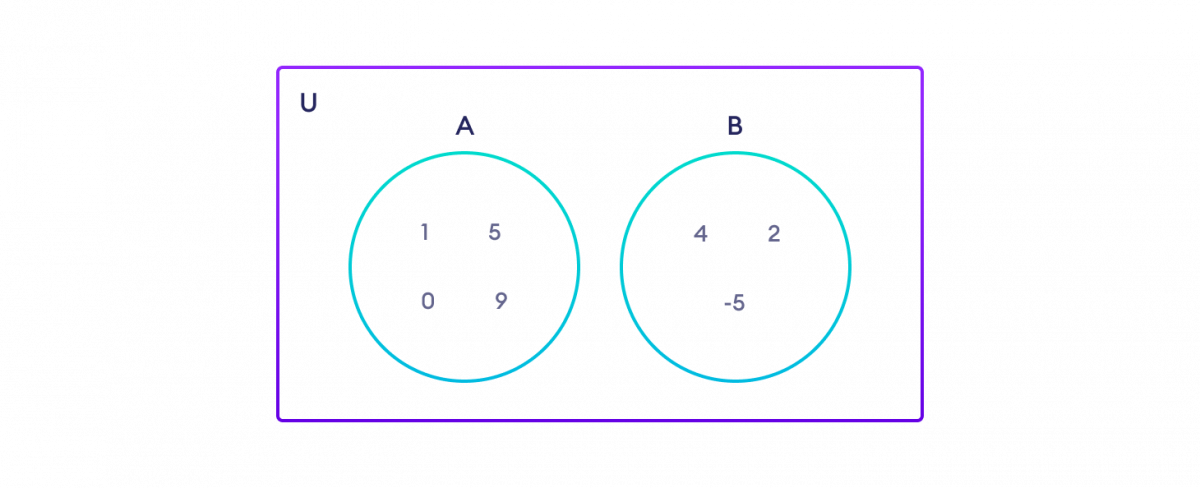📌 相关文章
- Python中的isdisjoint函数
- Python中的 isdisjoint()函数
- Python中的isdisjoint函数(1)
- Python中的 isdisjoint()函数(1)
- Python Set
- Python set()
- Python Set(1)
- Python Set
- Python Set(1)
- Python set()(1)
- python set - Python 代码示例
- python中的set方法(1)
- Python set()函数
- Python set()函数(1)
- python代码示例中的set方法
- $set - Javascript (1)
- JavaScript中的Set(1)
- JavaScript中的Set
- set c++的元素(1)
- $set - Javascript 代码示例
- Python集合set
- Python集合Set
- Python集合Set(1)
- Python集合set(1)
- Python 集合set
- javascript中的set方法(1)
- python set contains - Python (1)
- “set -x” - Shell-Bash (1)
- C++ STL 中的 set 与 unordered_set
📜 Python Set isdisjoint()
📅 最后修改于: 2020-09-20 05:04:47 🧑 作者: Mango
如果两个集合是不相交的集,则isdisjoint()方法将返回True。如果不是,则返回False。
如果没有公共元素,则将两个集合称为不交集。例如:
A = {1, 5, 9, 0}
B = {2, 4, -5}在此,集合A和B是不相交的集合。

isdisjoint()的语法为:
set_a.isdisjoint(set_b)isdisjoint()参数
isdisjoint()方法采用单个参数(一组)。
您还可以将一个可迭代的(列表,元组,字典和字符串)传递给disjoint() 。 isdisjoint()方法将自动将可迭代对象转换为set,并检查这些set是否不相交。
从isdisjoint()返回值
isdisjoint()方法返回
-
True如果两个集合是不相交的集合(如果set_a和set_b是在上面的语法不相交的集合) - 如果两个集合不是不相交的集合,则为
False
示例1:isdisjoint()如何工作?
A = {1, 2, 3, 4}
B = {5, 6, 7}
C = {4, 5, 6}
print('Are A and B disjoint?', A.isdisjoint(B))
print('Are A and C disjoint?', A.isdisjoint(C))输出
Are A and B disjoint? True
Are A and C disjoint? False示例2:将isItjoint()与其他Iterables作为参数
A = {'a', 'b', 'c', 'd'}
B = ['b', 'e', 'f']
C = '5de4'
D ={1 : 'a', 2 : 'b'}
E ={'a' : 1, 'b' : 2}
print('Are A and B disjoint?', A.isdisjoint(B))
print('Are A and C disjoint?', A.isdisjoint(C))
print('Are A and D disjoint?', A.isdisjoint(D))
print('Are A and E disjoint?', A.isdisjoint(E))输出
Are A and B disjoint? False
Are A and C disjoint? False
Are A and D disjoint? True
Are A and E disjoint? False